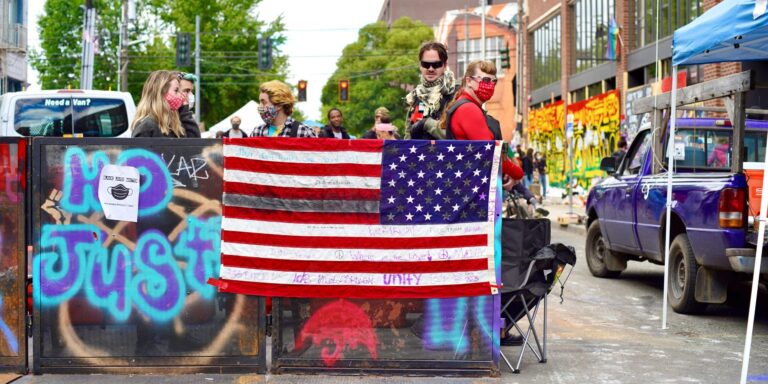On June 14, 2025, Washington, D.C. hosted one of the largest military displays in over 30 years to celebrate the United States Army’s 250th anniversary. The parade, which spanned several blocks of the National Mall, featured a mix of tanks, military vehicles, and military aircraft flyovers, along with brass bands and more than 6,700 troops. The soldiers, dressed in both historic and modern uniforms, showcased the Army’s rich history and diverse present. This extravagant event coincided with the 79th birthday of former President Donald Trump, sparking controversy and igniting widespread protests across the country.
The event had initially been planned as a modest celebration to mark the Army’s quarter-millennium, but it soon evolved into a full-scale spectacle. The decision to expand the celebration reflected Trump’s long-standing desire for a grand military pageant—a concept he had tried to implement in 2018 but had shelved due to concerns over cost, damage to roads, and the potential for public backlash. This time, however, the parade was a reality, with costs estimated between $25 million and $45 million.
The parade was a grand affair, with a combination of modern military vehicles and historic displays that captured the Army’s evolution from its founding in 1775 to its present-day force. The visual spectacle included tanks rolling across the Mall, jets performing high-altitude flyovers, and bands playing patriotic tunes. The military presence was a reminder of the country’s historical military might, but the event was also highly politicized. The timing of the parade, combined with its apparent connection to Trump’s birthday, drew a sharp divide between supporters and detractors.
For many, the parade was a moment of national pride, providing an opportunity to honor the military and its role in American history. Trump supporters were quick to emphasize that the parade was not meant to celebrate the president, but rather to show respect for the men and women who serve in the armed forces. “This is about recognizing the dedication of our troops,” one attendee stated. “It’s not about Trump. It’s about the military and our history.”
However, for others, the event raised significant concerns. Critics argued that the parade had authoritarian undertones and was a wasteful display of taxpayer dollars. Protests broke out in cities across the U.S., from Washington, D.C., to Philadelphia, and even in smaller, more remote locations like Monhegan Island, Maine. Demonstrators expressed alarm at the military’s involvement in political events, fearing the erosion of the Army’s long-standing neutrality. They argued that the celebration’s proximity to Trump’s birthday turned it into a de facto political rally, blurring the line between the military and the president’s personal agenda.
Some likened the parade to fascist displays seen in other countries, raising fears about the future of American democracy. “This is not a celebration of the Army. This is a celebration of a leader who has repeatedly shown his disregard for democratic norms,” said a protester in Washington, D.C. “When you see the military marching through the streets for the leader’s birthday, it’s a dangerous precedent.”
The controversy surrounding the parade also intensified debates about military spending and priorities. Critics pointed out the exorbitant cost of the event, with some questioning the allocation of resources that could have been spent on military readiness or public services rather than a show of force. These concerns were amplified by ongoing national debates about the government’s approach to military budgets, healthcare, and education.
Despite the protests, many in the crowd expressed their pride in the military’s achievements and its vital role in protecting national security. “This parade is a symbol of the dedication and sacrifice of our men and women in uniform,” said one military veteran attending the event. “No matter your political views, we should always take a moment to appreciate what the Army has done for our country.”
As the day unfolded, it became clear that the parade was not just a celebration of the Army’s anniversary but a mirror reflecting the deep divisions in the country. The event underscored the contentious political climate of the era, where patriotic displays were met with suspicion and dissent. The juxtaposition of military pride with protests calling for restraint highlighted the broader societal debates over the role of the military, the state, and political power in modern America.
The U.S. Army’s 250th anniversary parade became a symbol of both national unity and division, illustrating the complexities of celebrating history in a politically charged environment. While it may have been a day of celebration for many, it was also a reminder of the fraught relationship between military power and politics in the 21st century.
As the day concluded, with the final flyovers fading into the horizon, the country was left to reflect on what such a display of military might meant in an era marked by intense political polarization. Whether it was a moment of patriotic pride or a sign of troubling authoritarianism, the events of June 14, 2025, would be remembered as a defining moment in the nation’s ongoing cultural and political reckoning.



